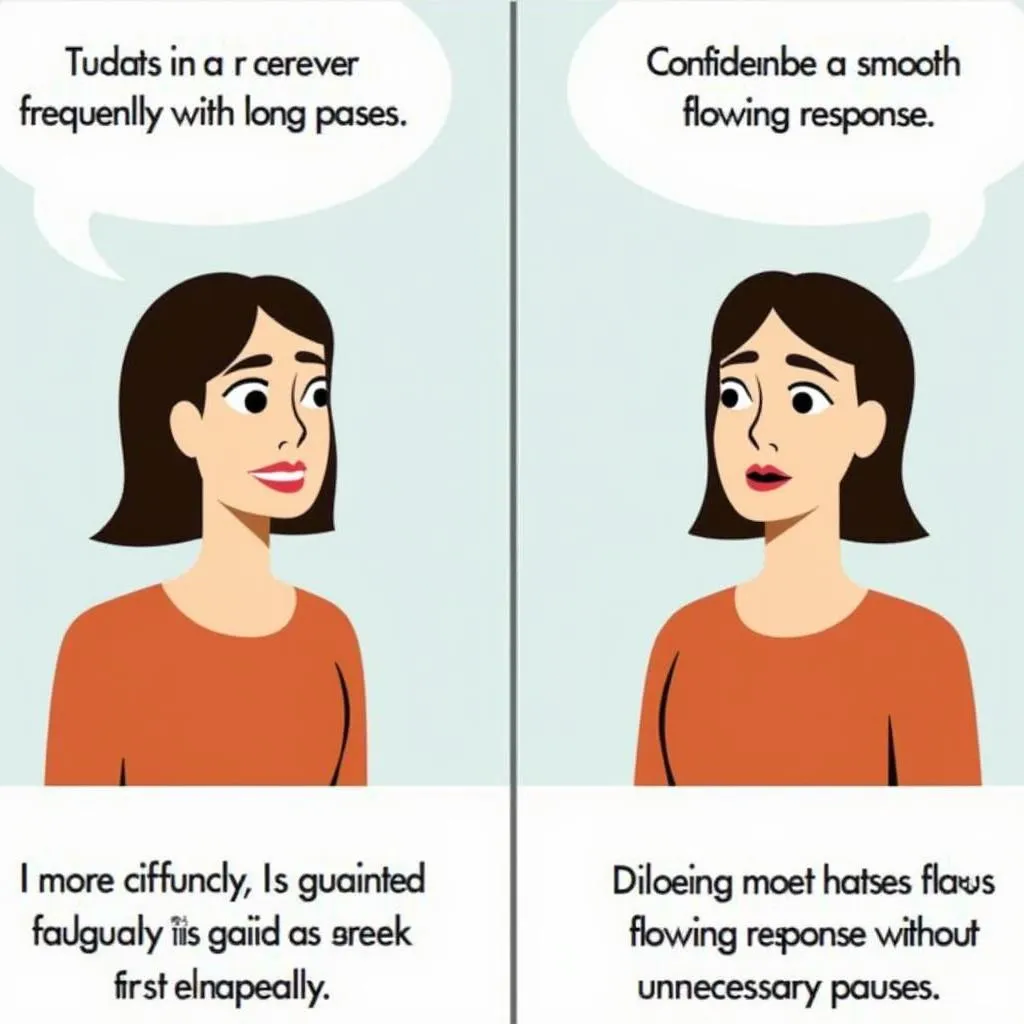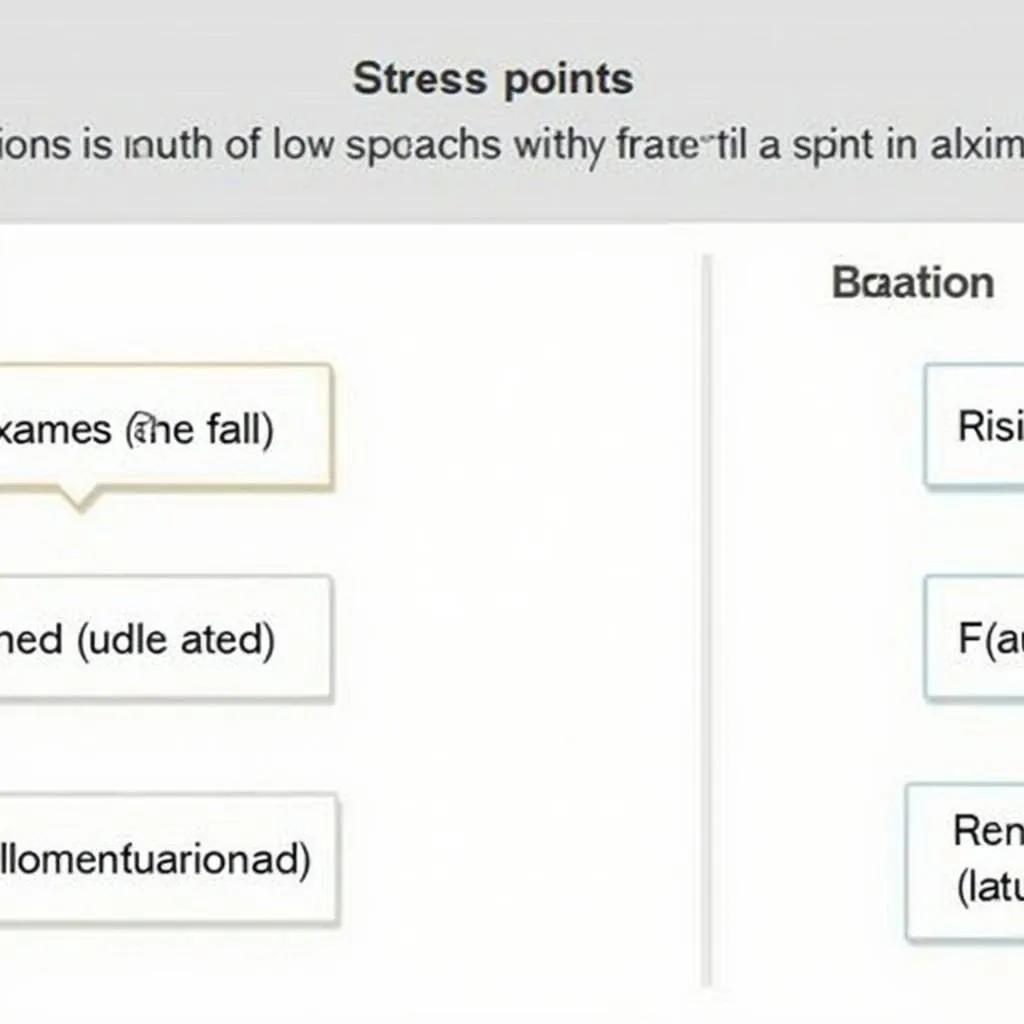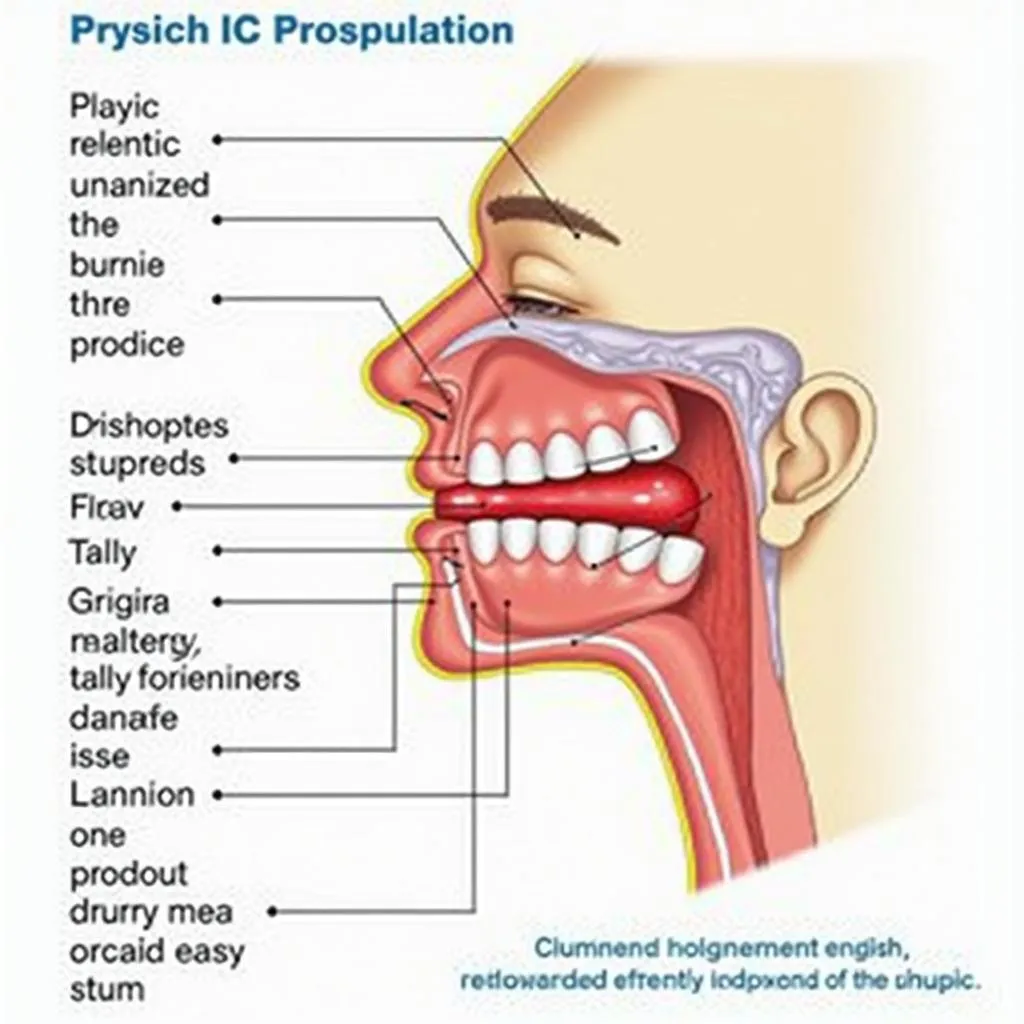Oral fluency is a crucial component of the PTE Academic test, significantly impacting your overall score. Many test-takers struggle with this aspect, often falling into common traps that hinder their performance. In this comprehensive guide, we’ll explore the most frequent pitfalls in PTE oral fluency and provide actionable strategies to overcome them, helping you achieve the fluency scores you desire.
Understanding PTE Oral Fluency
Before diving into the pitfalls, it’s essential to grasp what PTE oral fluency entails. Fluency in the context of PTE refers to your ability to speak smoothly, at a natural pace, with appropriate intonation and stress. The PTE scoring system evaluates your fluency based on factors such as speech rate, hesitations, and the overall flow of your response.
How to build fluency for PTE speaking section is a crucial skill that requires consistent practice and awareness of common mistakes.
Common Pitfalls in PTE Oral Fluency
1. Excessive Hesitation and Pausing
One of the most prevalent issues affecting oral fluency is frequent hesitation and long pauses. While it’s natural to pause briefly to gather your thoughts, excessive pausing can significantly impact your fluency score.
To overcome this:
- Practice speaking on various topics without stopping
- Use filler phrases judiciously to bridge gaps in your speech
- Develop strategies to quickly formulate ideas and express them
 Excessive hesitation impacting PTE oral fluency
Excessive hesitation impacting PTE oral fluency
2. Speaking Too Slowly or Too Quickly
Finding the right pace is crucial for demonstrating good oral fluency. Speaking too slowly can make you sound hesitant and unsure, while speaking too quickly can lead to mistakes and unclear pronunciation.
Tips to maintain an optimal pace:
- Aim for a moderate speed of about 150-160 words per minute
- Practice with a metronome to develop a consistent rhythm
- Record yourself and adjust your speed based on feedback
3. Lack of Natural Intonation and Stress
Monotone speech or incorrect stress patterns can negatively affect your fluency score. Natural intonation and proper stress are essential for conveying meaning and maintaining listener engagement.
To improve:
- Listen to native English speakers and mimic their intonation patterns
- Practice emphasizing important words in sentences
- Use rising and falling tones to express different types of sentences (questions, statements, etc.)
 Importance of intonation and stress in PTE oral fluency
Importance of intonation and stress in PTE oral fluency
4. Overuse of Filler Words and Sounds
While filler words can help bridge gaps in speech, overusing them can disrupt your fluency and make you sound less confident. Common fillers include “um,” “uh,” “like,” and “you know.”
Strategies to reduce filler words:
- Pause silently instead of using fillers
- Practice speaking without fillers in everyday conversations
- Record yourself and consciously work on eliminating excess fillers
Dr. Emma Roberts, a renowned PTE speaking coach, emphasizes, “Awareness is the first step to eliminating filler words. Once you’re conscious of your filler word habits, you can actively work on replacing them with meaningful content or comfortable silences.”
5. Lack of Proper Preparation
Insufficient preparation can lead to anxiety and poor performance in the speaking tasks. Many test-takers underestimate the importance of thorough preparation for achieving good oral fluency.
How to analyze PTE mock test results can provide valuable insights into your fluency weaknesses and help you target your preparation effectively.
Preparation strategies:
- Familiarize yourself with all PTE speaking task types
- Practice speaking on a wide range of topics
- Use PTE-specific practice materials and mock tests
6. Poor Pronunciation and Articulation
While pronunciation is scored separately, poor articulation can affect your fluency by making your speech sound choppy or unclear.
To improve:
- Focus on clearly pronouncing each word, especially endings
- Practice tongue twisters to enhance articulation
- Pay attention to commonly mispronounced words in English
 Importance of clear pronunciation and articulation in PTE speaking
Importance of clear pronunciation and articulation in PTE speaking
7. Anxiety and Lack of Confidence
Test anxiety can significantly impact your oral fluency, leading to increased hesitation, stuttering, or blanking out during the exam.
Techniques to manage anxiety:
- Practice deep breathing exercises before and during the test
- Use positive self-talk and visualization techniques
- Gain confidence through regular practice and mock tests
PTE speaking module clarity exercises can help you build confidence in your speaking abilities and reduce anxiety during the actual test.
Strategies for Improving PTE Oral Fluency
- Regular Speaking Practice: Engage in daily English conversations or monologues.
- Record and Analyze: Record your practice sessions and critically analyze your fluency.
- Shadow Native Speakers: Listen to and mimic native English speakers to improve intonation and rhythm.
- Expand Vocabulary: A rich vocabulary allows for smoother expression of ideas.
- Improve Reading Speed: How to practice reading speed for PTE can indirectly boost your speaking fluency.
- Practice Summarizing: How to practice summarizing audio for PTE helps in organizing thoughts quickly, aiding fluency.
PTE expert Sarah Thompson notes, “Consistent practice is key to improving oral fluency. It’s not just about speaking more, but speaking more effectively. Focus on the quality of your practice, not just quantity.”
Conclusion
Mastering PTE oral fluency requires awareness of common pitfalls and dedicated practice to overcome them. By addressing issues such as hesitation, pacing, intonation, and pronunciation, you can significantly improve your fluency scores. Remember, fluency is a skill that develops over time, so be patient and persistent in your practice. With the right strategies and consistent effort, you can avoid these common pitfalls and achieve the PTE oral fluency scores you’re aiming for.
FAQs About PTE Oral Fluency Common Pitfalls
-
How does PTE score oral fluency?
PTE scores oral fluency based on factors like speech rate, hesitations, and overall flow. The computer algorithm analyzes these elements to assign a fluency score. -
Can speaking too fast improve my fluency score?
No, speaking too fast can actually lower your score. Aim for a moderate, natural pace of about 150-160 words per minute. -
Are pauses always bad for fluency?
Short, natural pauses are acceptable. It’s excessive or frequent long pauses that negatively impact your fluency score. -
How can I practice PTE oral fluency at home?
Practice by recording yourself, speaking on various topics, using PTE practice materials, and analyzing your performance regularly. -
Does accent affect my oral fluency score in PTE?
Accent itself doesn’t affect your fluency score, but clarity of pronunciation and natural intonation do play a role in overall speaking performance.